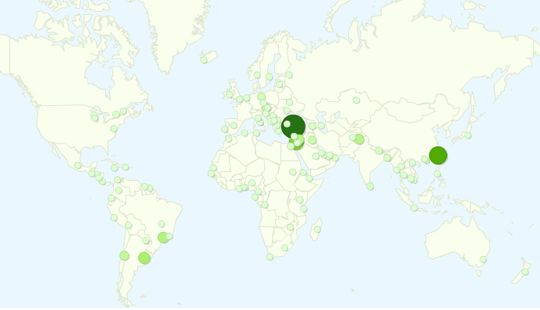BetaTales takes a look at a new project based on traffic accident data from journalists and programmers at Norwegian media house Bergens Tidende.
Accidents are apparently common fare in the Western part of Norway, with frequent news reports of collisions on the region’s narrow, winding roads.
With this in mind, journalists at Bergens Tidende approached the Norwegian Public Roads Administration armed with the Freedom of Information Act, eventually getting access to a database of all road accidents in the country.
The database turned out to be a journalistic goldmine: It contained details about 11,400 traffic accidents all over the country, all neatly arranged in an Excel file. Not only did the database give the exact position of each accident, but it also included numerous details, such as how many were killed and injured, the seriousness of injuries, driving conditions, type of vehicle, type of street, speed limit, time of the day, etc.
Still, most journalists would at this point probably have been happy to take a look at the database, extract some of the relevant accidents and made a couple of news stories based on them. In Bergens Tidende, though, the journalists instead were teamed up with programmers. Within a few weeks all the traffic accidents in the country had been put on a big Google map with endless ways to search the database.
Full story on BetaTales at this link.
“Killing Roads” project from Bergens Tidende at this link (Norwegian).
Bergens Tidende multimedia journalist Lasse Lambrechts talks about “Killing Roads”:
